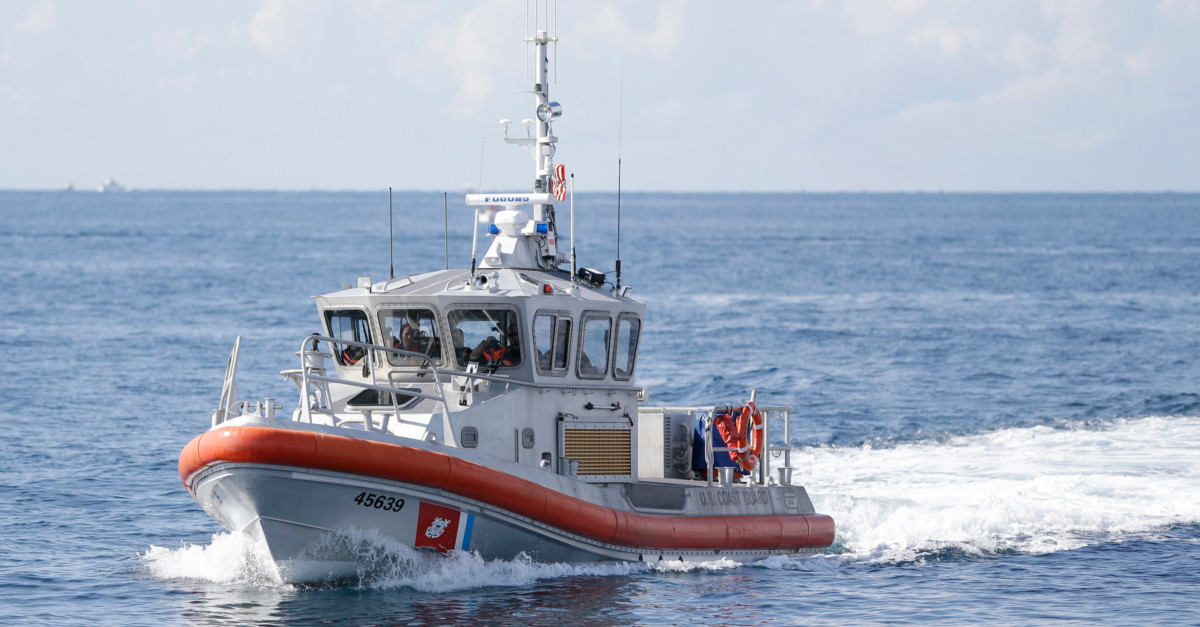Like many federal and state government agencies, the U.S. Coast Guard faced numerous challenges during and after Hurricane Harvey.
Videos by Rare
But, while many Coast Guard units were deployed in high-water rescue operations, one group took on a different assignment to clear the way for one of the Bayou City’s most valuable economic resources:
The Port of Houston.
Overall, the Coast Guard covered a lot of ground during storm recovery efforts, reportedly stretching from Galveston Bay, up to the Ship Channel and over to the Port facilities on the city’s east side.
Due to the intensity of the storm and following rain, Coast Guard leaders ultimately made the decision to close the port on Friday, August 25 – the first of what would be five straight days of rain for the entire Houston area.
Records show, on an average day, the Port of Houston manages over 35,000 tons of cargo on more than 20 vessels, for a total of approximately $1.7 billion in economic activity – money lost during the closures.
Relatedly, Colliers International, a commercial real estate firm, described the Port of Houston as “the most irreplaceable port” in North America, ahead of New York, Los Angeles and New Orleans.
During the storm, two key navigational buoys in Galveston Bay, each one the size of a city bus, reportedly came unmoored.
Despite the conditions, Coast Guard cutters braved the storm, located the buoys and secured them to the Ship Channel entry point, possibly preventing further disaster from striking during Harvey.
RELATED: The U.S. Coast Guard’s latest cocaine bust is something you have to see to believe
Other Coast Guard operators, along with a number of persons from the U.S. Army Corps of Engineers, conducted sounding inspections of the Ship Channel.
Volunteers explained how sounding measures the depth and width along the Channel, using water displacement brought on by ships traveling to the Port as a level indicator; larger ships reportedly require at least 45 feet of water and 1,000 feet of width to move all the way to the port.
If it weren’t for the Coast Guard, ships faced danger from any accumulations of debris or changes in the depth vital to the functionality of the shipping lane.
The Coast Guard reopened the port to partial operations on September 1, although, according to officials, cutters and other vessels continued to “actively conduct port assessments” to check for problems along the Ship Channel for days after the storm passed.
RELATED: 5 Facts about the U.S. Coast Guard that you should know
Houston would not be the place it is without its Harvey first responders, especially the Coast Guard.



